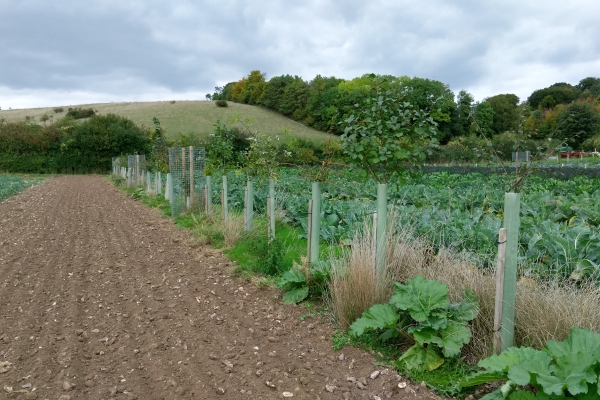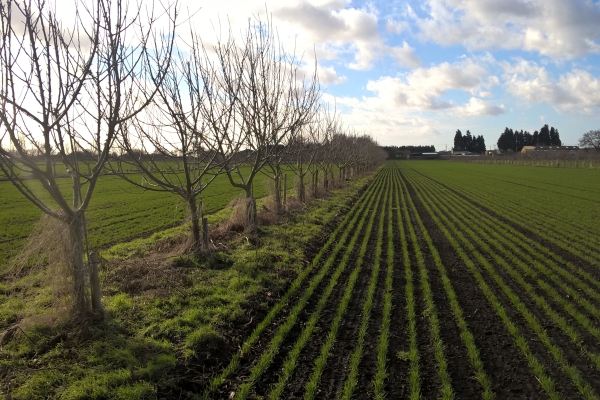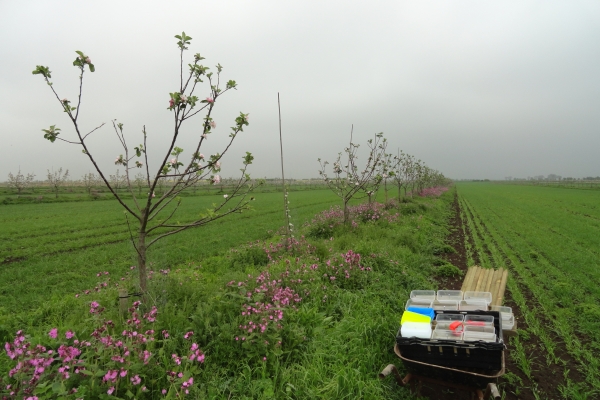Tree: crop interactions in UK alley cropping agroforestry systems: impacts on crop yield and total productivity
Woodland Trust Research Briefing
Resource explained
A key concern for farmers contemplating establishing a new agroforestry system is the impact of tree planting on the crops growing underneath or in adjacent alleys. The main limiting resource for plants is usually light and some studies have shown that shading has reduced yields in temperate agroforestry systems. This Woodland Trust research briefing reports on the studies carried out within an organic silvoarable alley cropping system in the UK (Wakelyns Agroforestry in Suffolk) where researchers have investigated the impact of trees on crops in the adjacent alleys. It includes sections focusing on cereals and timber trees, fertility-building ley and short rotation coppice willow, cereals and short rotation coppice (SRC) willow, and total productivity.
Findings & recommendations
- Recognising and understanding interactions between trees and crops allows farmers to design and manage the system with the aim of encouraging complementarity rather than competition in resource use.
- In the timber/cereal system, there was a classic ‘edge-effect’ with lower crop yields adjacent to the trees compared to the centre of the alley; however, impacts on yields differed between crop species, inidcating that some crops such as oats may be better suited to the more competitive environment of growing with trees.
- In the willow SRC / fertility building grass ley system, the ‘edge effect’ was also observed when the willow was in its second year of regrowth after coppicing; however there was no difference in ley production in the alley and an adjacent open field in the first year after willow harvest.
- The reduced edge-effect following tree coppicing was also observed in cereals grown in the willow SRC alleys, highlighting the impact of tree management on adjacent crops, particularly timings of crop rotations.
- Modelling allowed researchers to predict productivity of the agroforestry systems in a whole crop rotation and compare performance with monoculture systems using the Land Equivalent Ratio (LER). The LER for the willow SRC/organic crops system at Wakelyns over a crop rotation suggested that there was a 36% yield advantage for the system compared to when the components are grown separately as monocultures.









